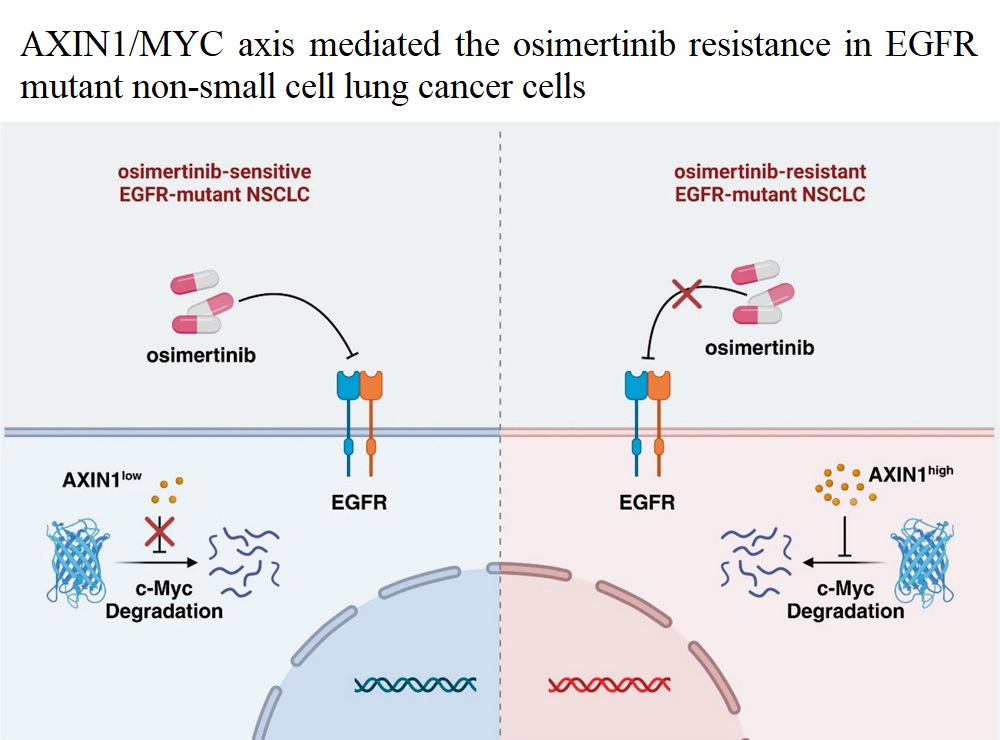- J-STAGE home
- /
- The Tohoku Journal of Experime ...
- /
- Volume 262 (2024) Issue 4
- /
- Article overview
-
Haoyue Yu
Department of Respiratory Disease, Daping Hospital, Army Medical University (Third Military Medical University) Department of Oncology, The First Affiliated Hospital of Dalian Medical University
-
Zhiguo Wang
Department of Respiratory Disease, Daping Hospital, Army Medical University (Third Military Medical University) Department of Respiratory and Critical Care Medicine, Affiliated Hospital of Southwest Medical University
-
Yan Dong
Department of Oncology, The First Affiliated Hospital of Dalian Medical University
-
Li Li
Department of Respiratory Disease, Daping Hospital, Army Medical University (Third Military Medical University)
-
Xianming Fan
Department of Respiratory and Critical Care Medicine, Affiliated Hospital of Southwest Medical University
-
Nan Zheng
Department of Respiratory Disease, Daping Hospital, Army Medical University (Third Military Medical University)
-
ji Jiang
Department of Respiratory Disease, Daping Hospital, Army Medical University (Third Military Medical University)
-
Caiyu Lin
Department of Respiratory Disease, Daping Hospital, Army Medical University (Third Military Medical University)
-
Conghua Lu
Department of Respiratory Disease, Daping Hospital, Army Medical University (Third Military Medical University)
-
Kunlin Li
Department of Respiratory Disease, Daping Hospital, Army Medical University (Third Military Medical University)
-
Mingxia Feng
Department of Respiratory Disease, Daping Hospital, Army Medical University (Third Military Medical University)
Supplementary material
2024 Volume 262 Issue 4 Pages 269-276
- Published: 2024 Received: November 06, 2023 Published online: May 01, 2024 Accepted: January 06, 2024 Advance online publication: January 18, 2024 Revised: -
(compatible with EndNote, Reference Manager, ProCite, RefWorks)
(compatible with BibDesk, LaTeX)



